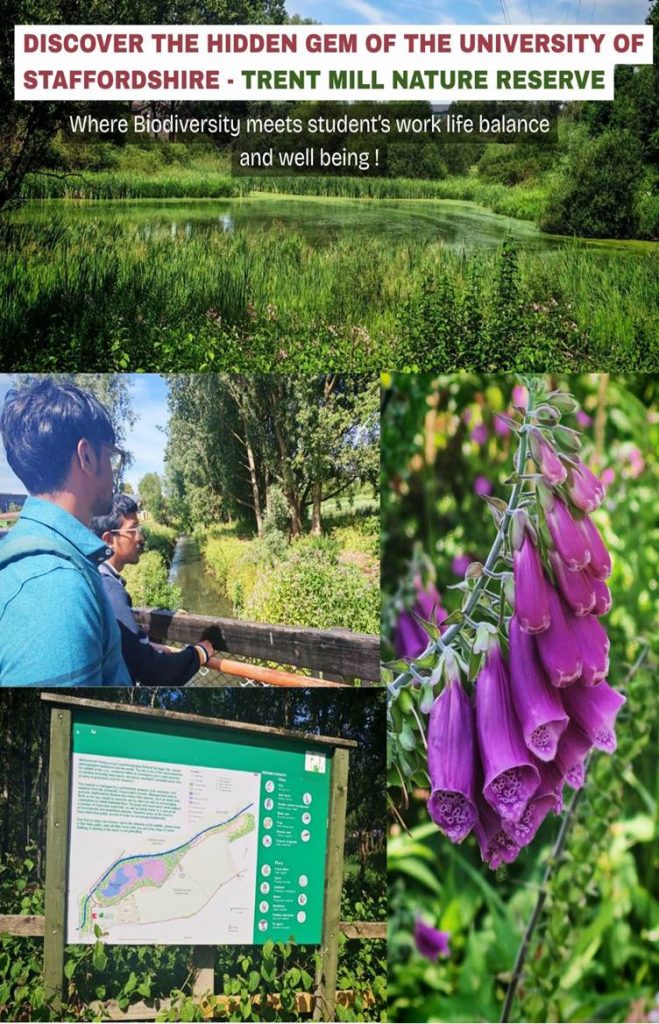19 September 2025
By Khansha Gul E Khansha

A global survey shows approximately 40% of marketing leaders utilise AI solutions for social media content. The rapid advancement of AI tools has made selecting the most suitable options for social media marketing increasingly complex. This blog explores key tools and their specific applications to enhance social media marketing strategies.
AI: The Answer to Social Media Marketing Challenges
Businesses face several social media marketing challenges. Trends move faster than ever, making it tough to keep up and create fresh content. Creative blocks can throw off your schedule, and maintaining a strong presence is a constant effort, especially with limited budgets. To stay ahead, focus on brainstorming regularly, staying creative, and trying new organic strategies to keep your brand growing, even when the landscape feels tough.
This is where AI tools come in handy. AI tools are transforming social media marketing by streamlining content creation, optimisation, and publishing while enhancing engagement through smarter audience interactions. AI tools provide insights on emerging trends, consumer sentiment, and data-driven decision-making. What are the top AI innovations that can help you tackle these challenges? Let us dive in!
- Social Listening AI Tool for Content Strategy
Social listening is the process of tracking and analysing online conversations about your brand, competitors, and industry in real time to understand audience sentiment, trends, and feedback using AI. It helps businesses gain insights to improve marketing strategies, refine products, and enhance customer experiences.
Align with Audience Demands: Businesses can use AI social listening tools to enhance their marketing strategies by tracking brand-related conversations across major social networks and online sources. These tools analyze vast amounts of data to uncover insights about audience preferences, industry trends, and customer sentiment. They help businesses identify key influencers, anticipate potential crises with custom alerts, and manage issues in one centralised platform. AI-powered features streamline efforts by summarising lengthy messages and analyzing metrics like words, phrases, emojis, and hashtags, enabling marketers to forecast trends, engage effectively, and identify untapped opportunities.
- Sprout Social and HubSpot offer 30-day free trial for their social listening tool.
- Automated Content Creation
AI content creation tools generate a wide range of content. Specialised tools excel in specific tasks, such as bulk blog creation or crafting effective email subject lines.

General-use platforms like ChatGPT offer versatility with varied strengths and weaknesses. Choosing the right tool depends on the desired content type and level of expertise needed.
Streamline Content Production
AI-powered social media content creation tools simplify marketing by enabling efficient content generation, tone customisation, and offering platform-specific templates. These tools support creative campaigns, multilingual messaging, SEO optimisation, and repurpose content into engaging social posts. By enhancing efficiency, improving audience targeting, and delivering actionable insights, they help businesses grow their online presence, build stronger customer connections, and scale campaigns effectively.
- AI-Powered Audience Segmentation
Personalisation and segmentation are essential for effective social media marketing. It enables businesses to target customers based on location, preferences, and purchase history. Businesses can leverage AI-powered audience segmentation using tools to better understand and target their audiences.

Sharper Segments, Smarter Campaigns
Businesses can use AI segmentation tools to organise customer data, gain insights into client behaviour, social habits and understand what resonates with their audience. These tools generate visually rich, shareable reports and identify trends or issues across segments, such as customer satisfaction or preferences. By leveraging this data, businesses can identify personas and create targeted social media campaigns, engage niche audiences, and refine their marketing strategies for maximum impact.
- Smart Visual Design
Visually appealing content is critical to boost engagement on social media. However, not every business has the budget or resources for an in-house design team. AI graphic design tools help overcome creative blocks, improve creativity with greater efficiency by automating design tasks and simplifying workflows. They inspire ideas, reduce risks in testing designs, and allow businesses to focus on innovation, making the creative process faster and more efficient.
Design Smarter, Not Harder
By integrating AI insights on trends and user behaviour, companies can create visually impactful, data-informed designs that resonate with audiences and drive results. Businesses can use these tools to create brand guidelines and social media content to maintain brand consistency that helps to earn brand loyalty.
- Canva Magic Studio and Adobe Firefly are the tools that businesses can explore to create smarter visuals.
Limitations of AI Tools
AI social media marketing tools face several limitations in business applications. AI tools lack emotional intelligence which is crucial to build relationship with the audience. Another key limitation of AI in social media marketing is its struggle with delivering authentic personalisation. To address this, businesses should oversee AI’s ability to create genuine, tailored interactions or rely on human input for more authentic engagement.
Future of Using AI Tool: The future of AI includes real-time mapping of customer journeys, enabling marketers to instantly understand and respond to customer interactions, paving the way for more agile and responsive marketing strategies. By 2025, AI in social media is set to drive personalisation in marketing enabling brands to deliver tailored content based on individual preferences, enhancing customer satisfaction and strengthening brand loyalty.
























